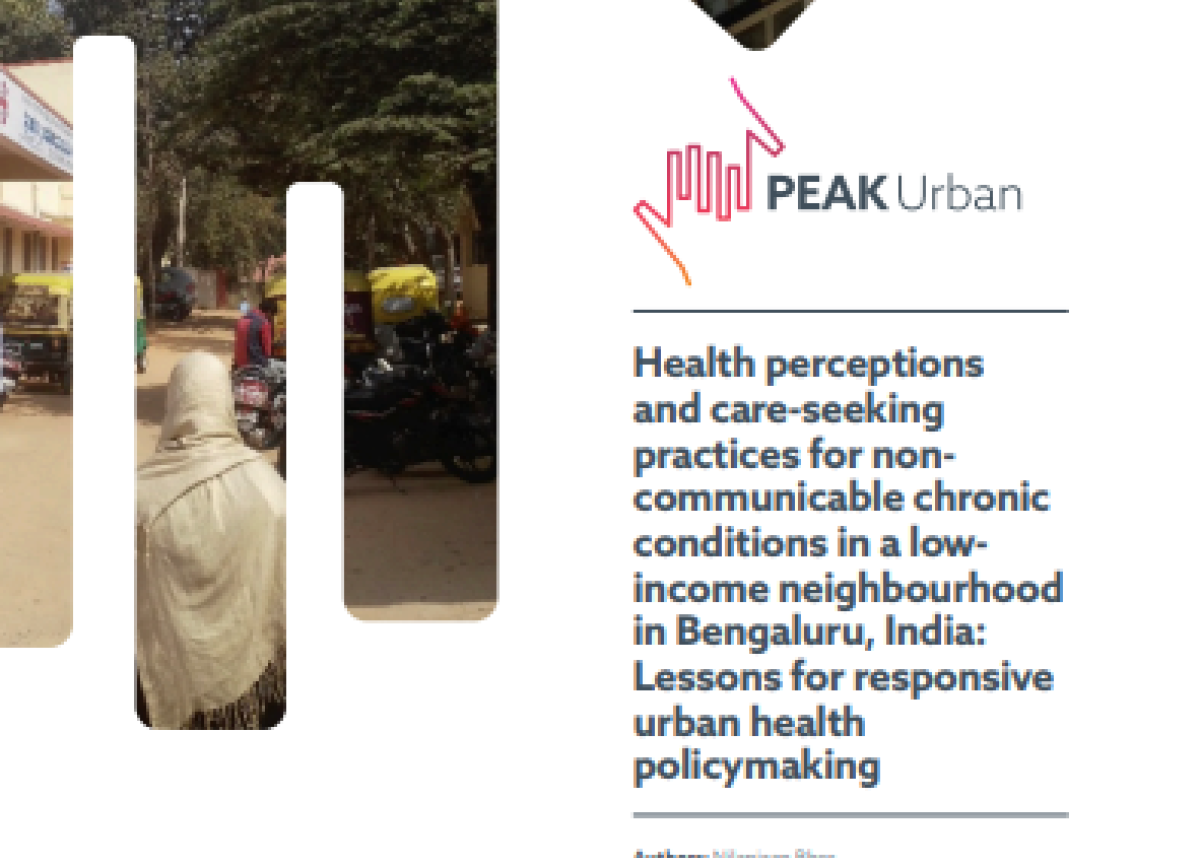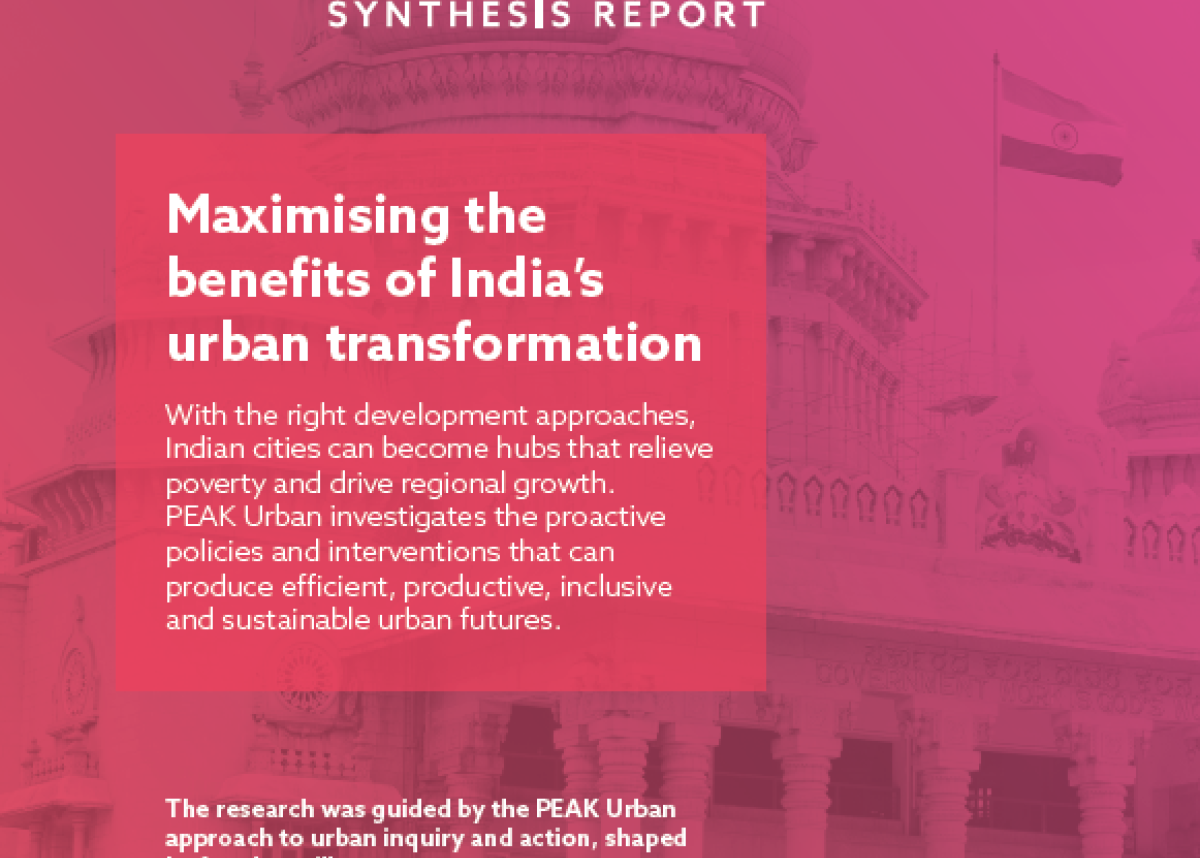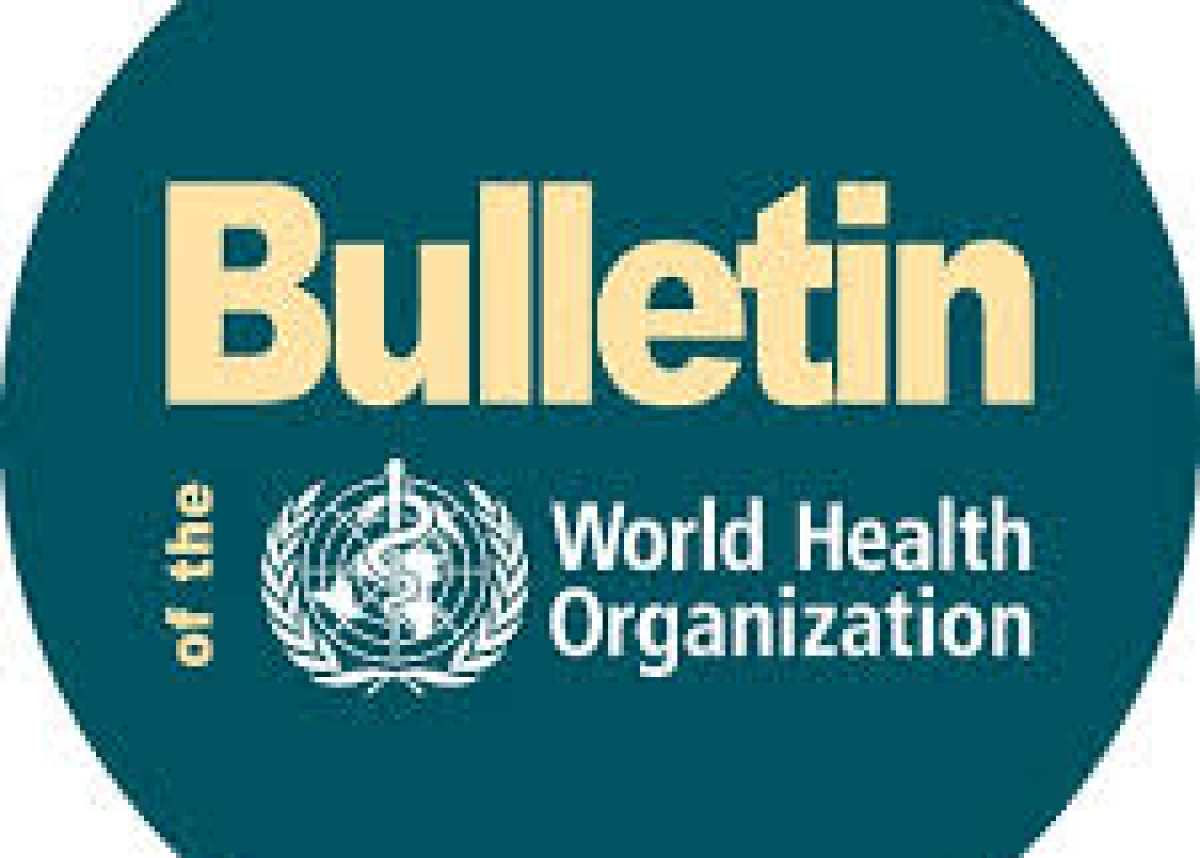
Flows and fixes: water, disease and housing in Bangalore,1860–1915
Using the city of Bangalore as a specific instance, this article puts together the framework of metabolic cities and techno-spheres to show how ecology and infrastructure constituted colonial cities.
Divided between the colonial cantonment governed by the British and the petah or native market town/village governed by the Mysore prince, colonial medics were concerned by numerous diseases affecting the city. Attempts to control the flows of water from the cantonment to the native town proved futile. Amidst famine-like conditions from the 1870s, chronic water shortages affected the city. In the 1890s, the plague struck Bangalore. The plague affected the barracks, streets, neighbourhoods and homes. Together, the diseases and water shortages led to new piped water schemes drawn from outside the city and wholesale changes in housing.
The article moves beyond the framework of ‘sanitary cities’, at the confluence of colonialism, the body, fixed infrastructures and micro and macro ecological phenomena.
Ramesh, A. (2021). Flows and fixes: Water, disease and housing in Bangalore, 1860–1915. Urban History, 1-23. doi:10.1017/S0963926821000705


